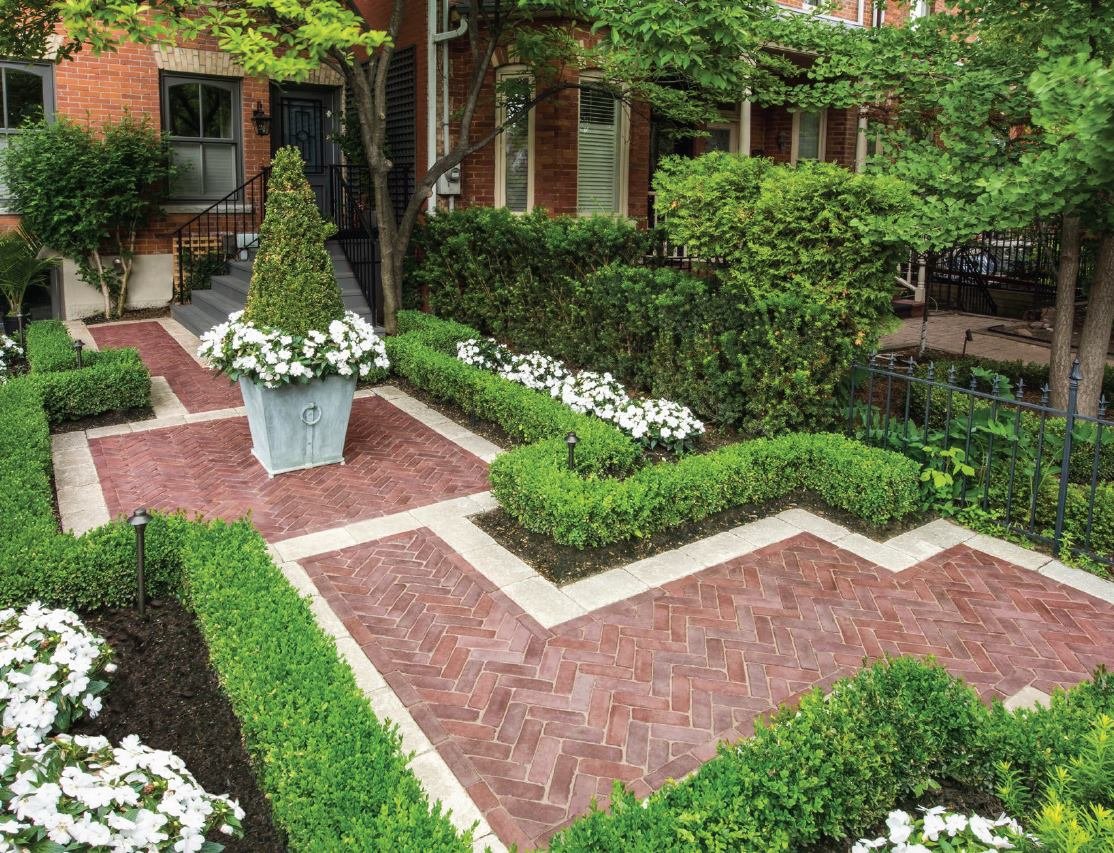How To Install Gator Base
Gator Base is a foam base product that has been engineered and designed to expedite pedestrian paver installations. The panels are lightweight and incredibly easy to move around and work with. In this blog post, we’re going to outline, step-by-step, what a typical Gator Base installation involves.
Excavate.
Gator Base eliminates the need for the typical 6 in. of compacted crushed stone that would be used in a traditional paver installation. In a Gator Base installation, you only need to excavate about 4 in. down instead of the 9-10 in. required for a traditional base.
To calculate the exact amount of excavation needed, here are the numbers you’ll need to add together:
Thickness of geotextile
Compacted bedding sand’s final height (about a ½ in.)
Gator Base (¾ in.)
Paver height
Make sure your excavation goes out another 6 in. past the footprint of the paved area. And since the 6 in. of crushed stone has been removed, the excavation should address the majority of any pitch issues.
Geotextile thickness + Compacted Bedding Height + Gator Base Height + Paver Height =
Total Excavation Required
Level and compact the sub-grade.
First, level the area with a soil rake. Ensure there’s a slope of at least one degree away from any structure, such as a house.
Next, you’ll want to compact the native soil with a plate compactor. Make the area as smooth as possible to get rid of high or low spots within about ⅜ in.
If you over excavate or have any grade changes that need correction, you must do that with crushed stone. Don’t try to reuse any of the soil you just excavated!
Lay Fabric and prepare The bedding Sand.
Now it’s time to lay some fabric down. We’d recommend using our non-woven Gator Fabric GF 4.4. When installing the Gator Fabric 4.4, be sure to overlap the edges by 6 in. and start your fabric at the lowest point of the slope. You’ll also want to extend the fabric several inches past the edges of the excavated area and up any walls or curbs.
After the fabric has been placed, you can begin install the bedding course. To do this, spread an even layer of C33 concrete sand to a depth of ¾ in. over the fabric.
To obtain a perfect ¾ in. bedding layer, use ¾ inch iron pipes and place them an equal distance of 4-6 ft. apart over the Gator Fabric; then fill the area with sand. Spread an even layer of C33 concrete sand equal to the pipe. Using a straight board, level the bedding sand relative to the pipes. After removing the pipes, be sure to fill in the empty gaps.
Leveling and compacting the bedding sand will be the last step prior to installing the Gator Base. The bedding course needs to have sufficient moisture content in order to obtain maximum compaction. Water lubricates the particles and helps them slide into place when the vibratory plate passes to obtain maximum compaction.orcelain tiles and slabs
Install The Gator Base Panels.
Place the Gator Base panels on top of the compacted bedding course. Make sure that the Gator logos on each panel are lined up in the same orientation. This will ensure the panels lock in properly. You also want to ensure all panels are being used in the same orientation (either horizontal or vertical).
Gator Base should be installed so it extends 6 in. wider than the paved surface.
Always work off the open joint of the tongue and groove system. To do this, work from right to left when placing the Gator Base panels down. Offset the joints of the panels (similar to a brick pattern) to increase the overall strength of the project.
Install the pavers.
Once the Gator Base panels are installed, you can lay your pavers directly on top of them according to your selected pattern. Use a rubber mallet to adjust the pavers as needed.
Make sure the Gator Base is 6 in. wider on each side of the paved surface.
After the pavers are in place, install your edge restraint (we recommend Xtreme Edge or Gator plastic edging). A Gator Screw should be driven into every second hole to maximize lateral support of the edging.
6. Install the joint material.
You’re almost done! The final step in the process is filling in your paver joints. We recommend either G2 Gator Maxx Polymeric Sand or Gator Nitro.
In Conclusion
A paver installation using Gator Base involves six basic steps. If you’d like to learn more about this time-tested product, be sure to watch A Decade Of Gator Base, which explains ideal applications for Gator Base along with expert installation tips and tricks.



